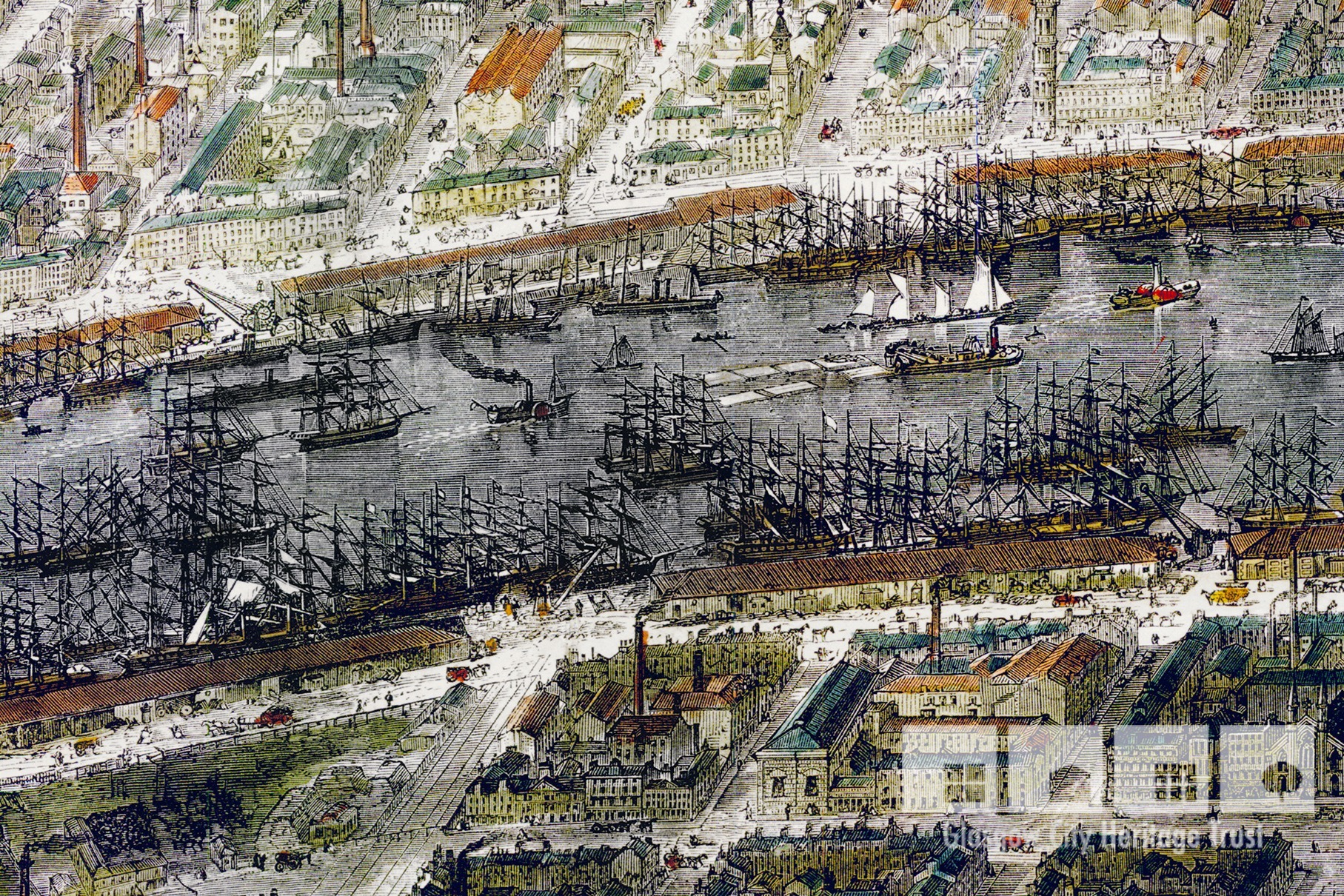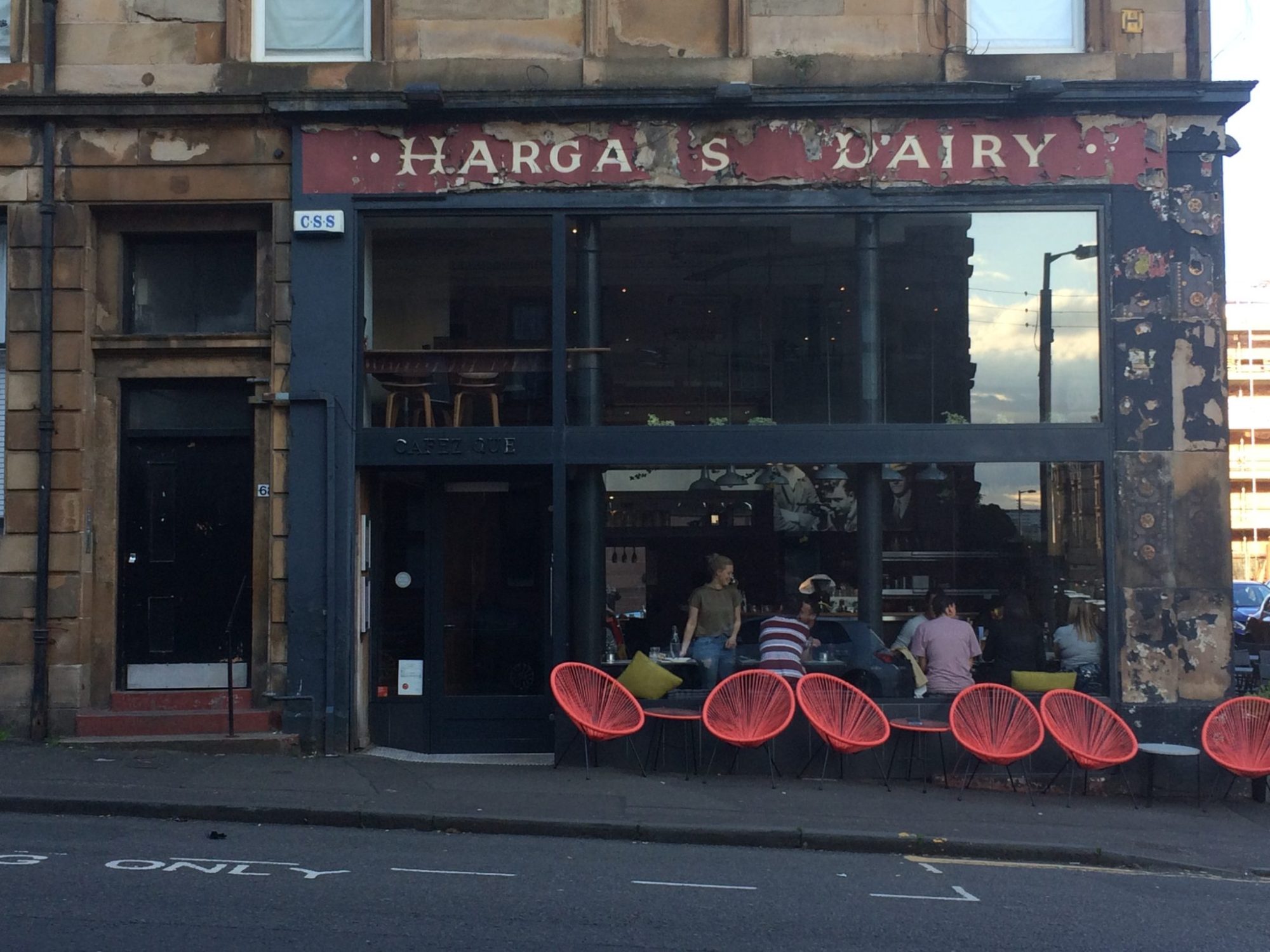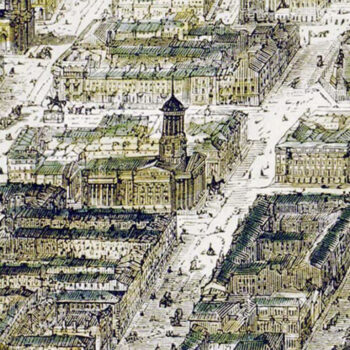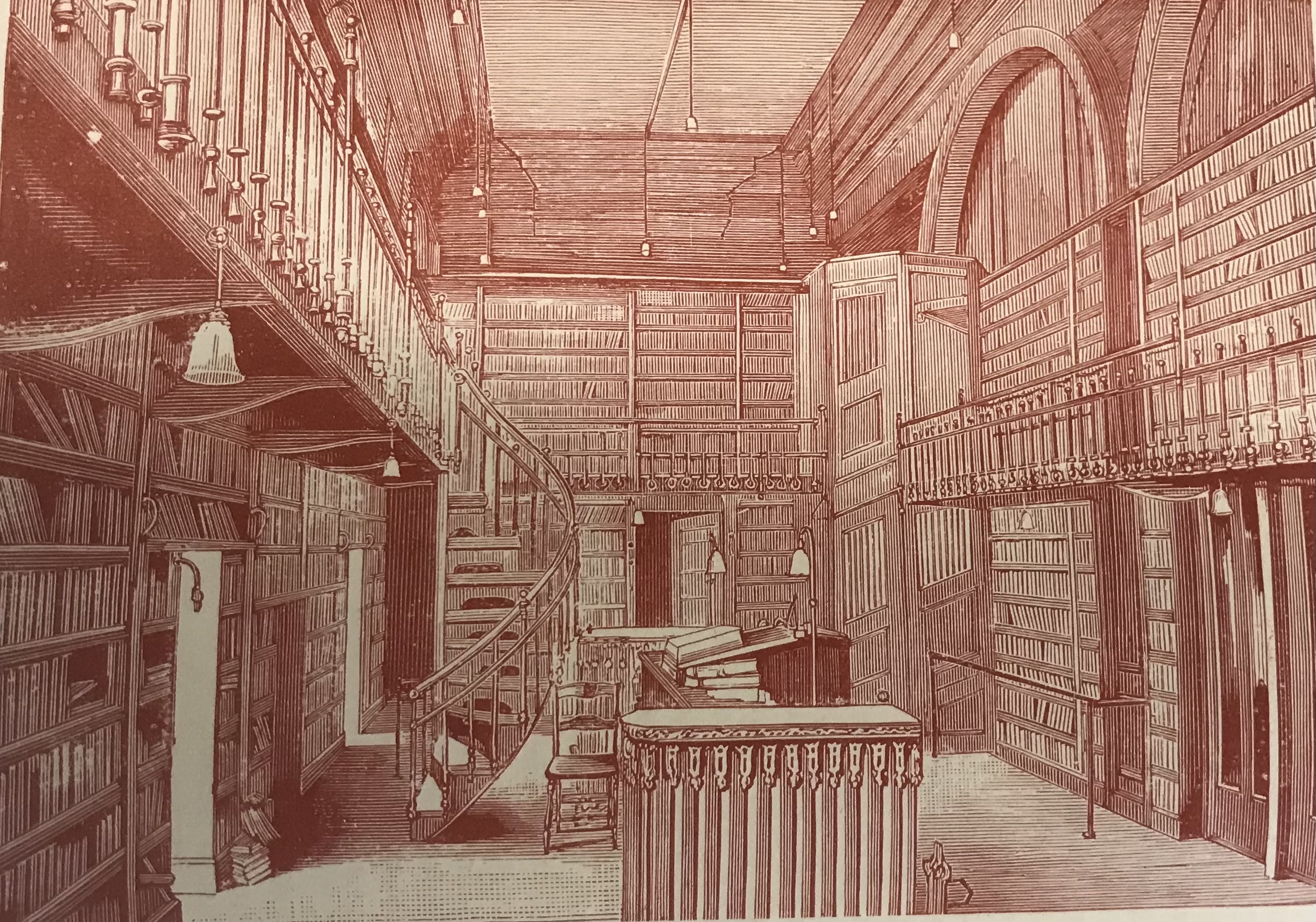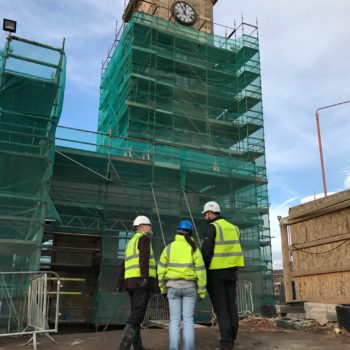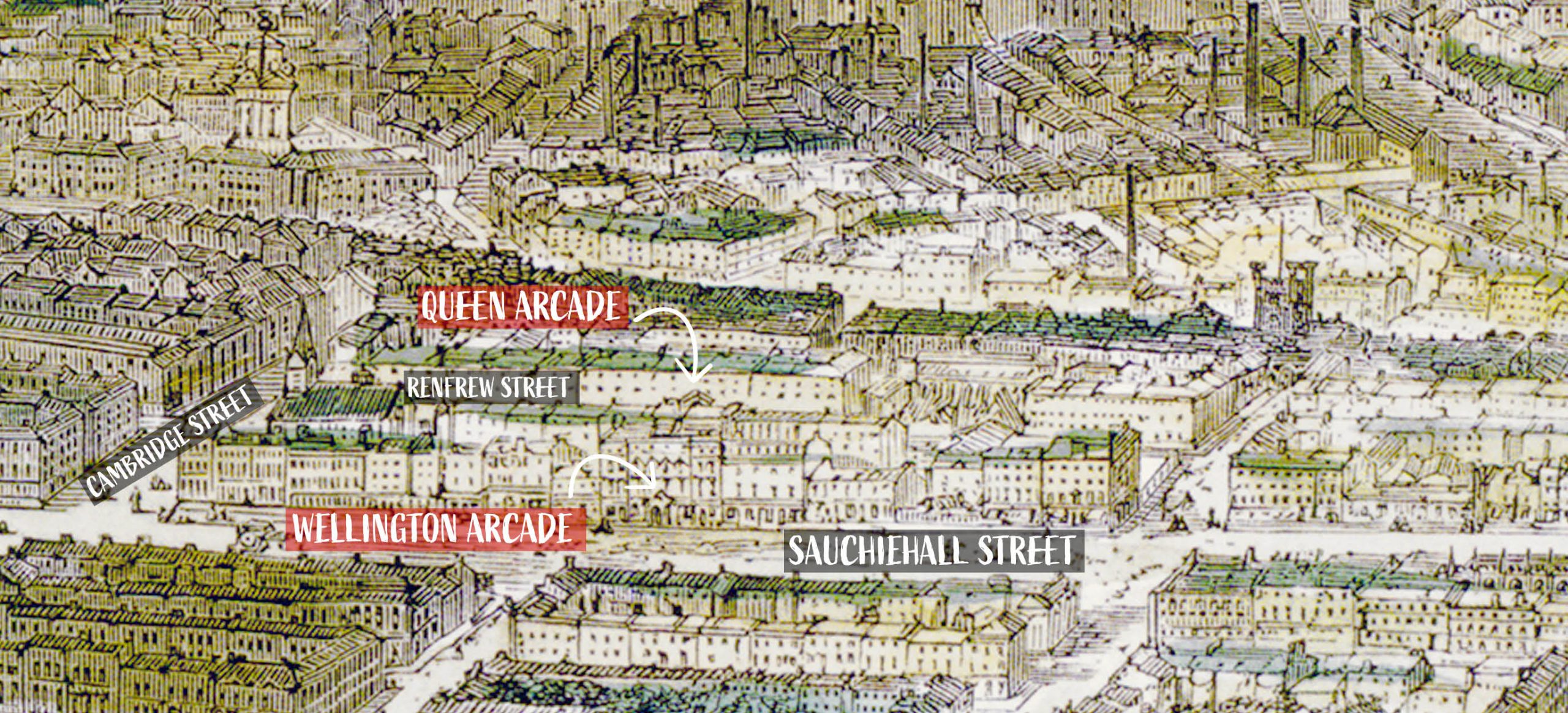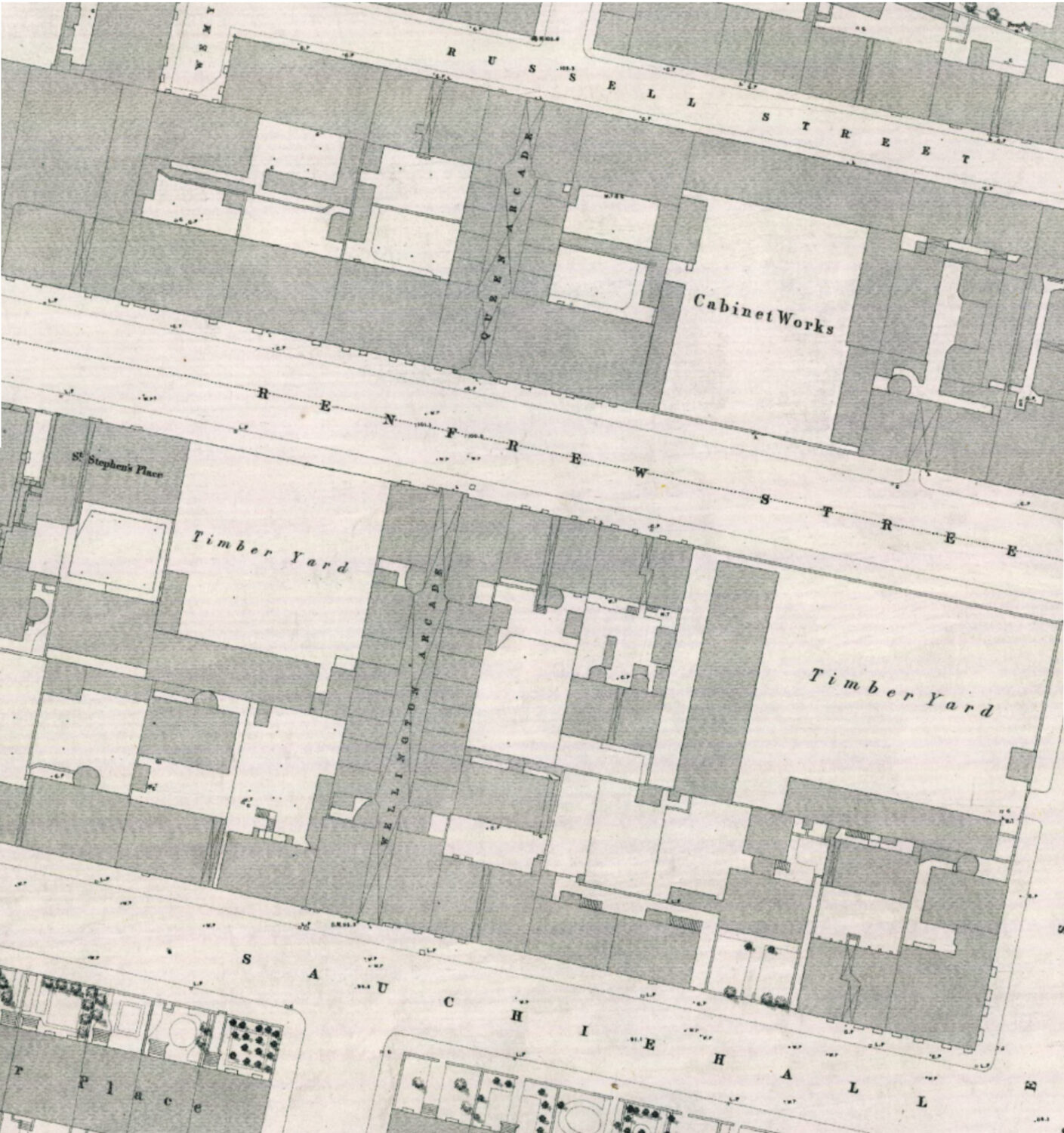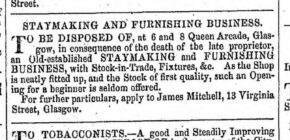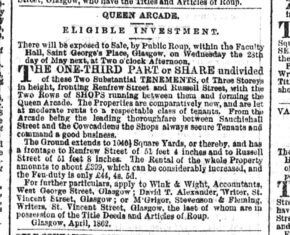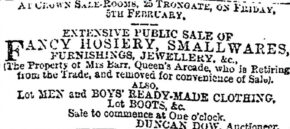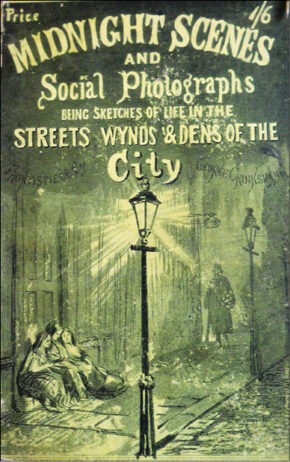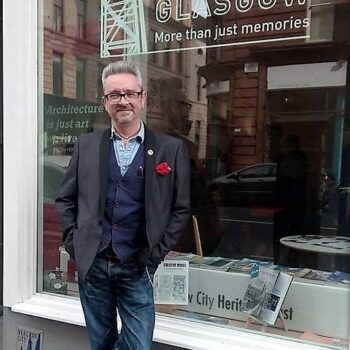Support us
Like many other charities, the coronavirus outbreak is having a major impact on our activities, threatening our crucial work to protect, repair and celebrate Glasgow’s rich built heritage. As a result, we expect to lose an important part of our income this year.
We are therefore asking that if you are able to support our conservation and outreach work,
please consider donating to the Trust.
You might also be interested in…
Online Talk: 19th Century Retail and the Rise of the Department Store
Wednesday 8th December 2021 | 7.30pm GMT | via Zoom
Focusing on architecture, window displays, and internal design, this talk will examine how Glasgow department stores, like their Parisian counterparts, became spaces not just of spectacle, but also of manipulation and disorientation.
The Map
“I feel like a bird soaring over the city when I gaze upon Sulman’s map, every nook and cranny with every detail so exact.
I can see where I came from and where I’m at.”
Become a Friend of Glasgow City Heritage Trust
Glasgow City Heritage Trust is an independent charity and your support is crucial to ensure that our charitable work promoting the understanding, appreciation and conservation of Glasgow’s historic buildings for the benefit of the city’s communities and its visitors continues now, and in the future.
The easiest way to support the Trust’s work is to join our loyalty scheme. Our tiered loyalty scheme means you can choose the level that’s right for you.



